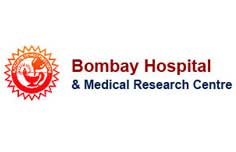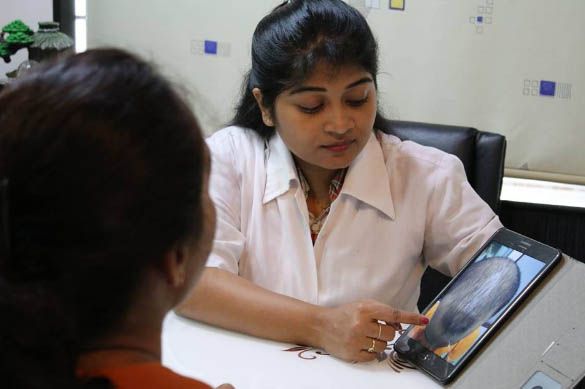Definition
When you have acute compartment syndrome (ACS), pressure builds up inside the enclosed spaces that hold muscles, nerves, and blood vessels. This prevents the muscles from getting oxygen. ACS can affect the arms, hands, legs, feet, and buttocks.

Causes
Under the skin of the arms and legs are sheets of connective tissue called fascia. These wrap around groups of muscles, nerves, and blood vessels. They create a unit called a compartment. When pressure builds up in these enclosed spaces, it has nowhere to go. The pressure is redirected into the compartment. When pressure reaches a certain point, it disrupts blood flow. In ACS, trauma speeds up this process. Blood vessels may fail, and tissue dies.
Common causes include:
- Traumatic injury (eg, from a car accident, sport injury, gunshot wound)
- Fracture (linked to most cases)
- Vein obstructions
- Burns
- Hemorrhage
- Edema (swelling of tissues under skin)
- Complication of surgery
Risk Factors
These factors increase your chance of developing ACS:
- Pre-existing condition that could lead to fatal bleeding in cases of trauma, such as:
- Taking anticoagulants
- Having a bleeding disorder ( hemophilia)
- Participation in certain sports (eg, football)
- Bandages or casts that are worn too tightly or worn for too long
- Recent injury to the area
Tell your doctor if you have any of these risk factors.
Symptoms
If you have any of these symptoms, do not assume it is due to ACS. These symptoms may be caused by other conditions. Tell your doctor if you have any of these:
- Severe pain
- Feeling of tightness or fullness of muscles
- Swollen, shiny skin over affected area
- Sensation problems
Symptoms can develop within 30 minutes to two hours. In other cases, it may take days. ACS is an emergency. Get help right away. Damage can result in serious injury or even death.
Diagnosis
Your doctor will ask about your symptoms and medical history. A physical exam will be done. Tests may include:
- Tests to measure pressure inside the compartments (eg, slit catheter, tonometer)
- Near-infrared spectroscopy (NIRS)
- MRI scan
- CT scan
- Reflex testing
- Range-of-motion testing
- Other tests to identify what compartment is affected
- Lab tests to determine the extent of damage, such as:
- Basic metabolic panel (BMP)
- Comprehensive metabolic panel (CMP)
- Complete blood count (CBC)
Treatment
Surgery to relieve pressure, called fasciotomy, must be done right away to prevent permanent damage. The doctor makes a long slice into the fascia to open the envelope of tissue and relieve pressure.
Prevention
ACS is difficult to prevent because there are many causes. But there are some steps you can take to reduce your risk of injury, such as:
- Wearing proper equipment when playing sports
- Making sure that your medical records mention any use of anticoagulants or blood diseases
- Being aware of the risk of ACS when you are wearing a bandage or cast



























